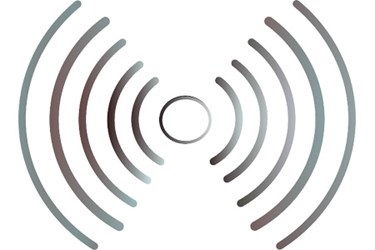Wirelessly Charging Implanted Medical Devices
By Chuck Seegert, Ph.D.

A new technology developed by Massachusetts Institute of Technology (MIT) researchers may soon allow implanted devices to charge wirelessly. Harmlessly passing through tissue, magnetic energy could eliminate percutaneous wires, or even the need for battery replacements.
A number of cardiac devices, like pacemakers, use implanted battery packs. Others, like cardiac assist pumps, use wires to provide energy to the device. These wires must cross the skin barrier and are at risk of being pulled out. The areas where the wire breaks the skin barrier are also at high risk for bacterial infection. A new, wireless approach would benefit this area tremendously.
The technology is called magnetic induction, and it has been around for decades. Basically, a coil is placed in an alternating magnetic current, which leads to the generation of electricity, according to a recent article from MIT News. While it has been around for a long time, recent developments have taken the technology into a realm where it is more usable. Historically, magnetic induction was extremely limited in its application because the distance and orientation requirements for the coils were unforgiving.
“The use of resonance enables efficient use of energy transfer over greater distances and with greater positional freedom than you get with a traditional inductive system,” said Morris Kesler, chief technology officer at WiTricity of Watertown, MA, in the MIT article. “For example, your cordless toothbrush only works when the toothbrush is in the holder. Resonance technology lets you move that receiver farther apart and still transfer energy efficiently, and the orientation of the device is less critical than it is in a traditional system. You also can transfer energy from one source to more than one device, the source and the devices don’t have to be the same size, and you can charge through materials like tables.”
WiTricity is a spinoff company from MIT and is developing the applications of magnetic induction across many industries, according to the article. In addition to wireless charging of smart cars, phones, and computers, the company has recently entered into a licensing deal with Thoratec. The medical device maker wishes to improve their heart-assist pumps by eliminating wires that pass percutaneously from the device to the environment outside the body.
The technology is as safe as most electronic devices on the market and could charge through several centimeters of tissue with high efficiency, according to the article.
“Medical devices implanted several centimeters below the skin could be charged safely and with high efficiency,” Kesler said in the article.
In the absence of a wireless charging technology like magnetic induction, the industry has explored many options for increasing implanted battery life. One such technology uses anew battery chemistry and may allow implanted batteries to last for decades.
